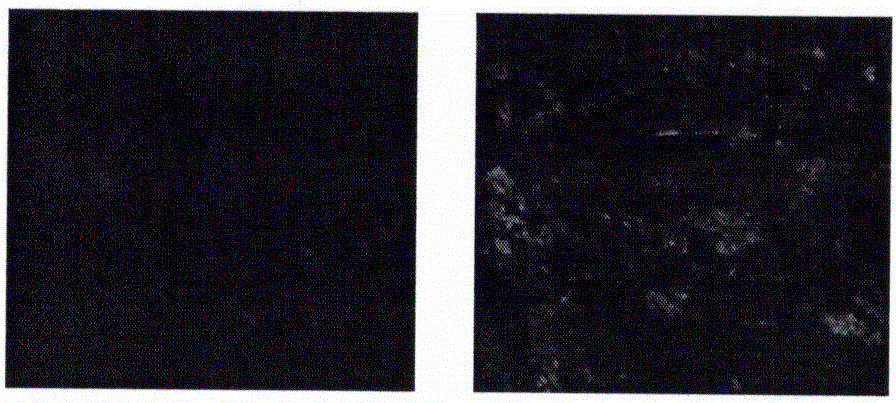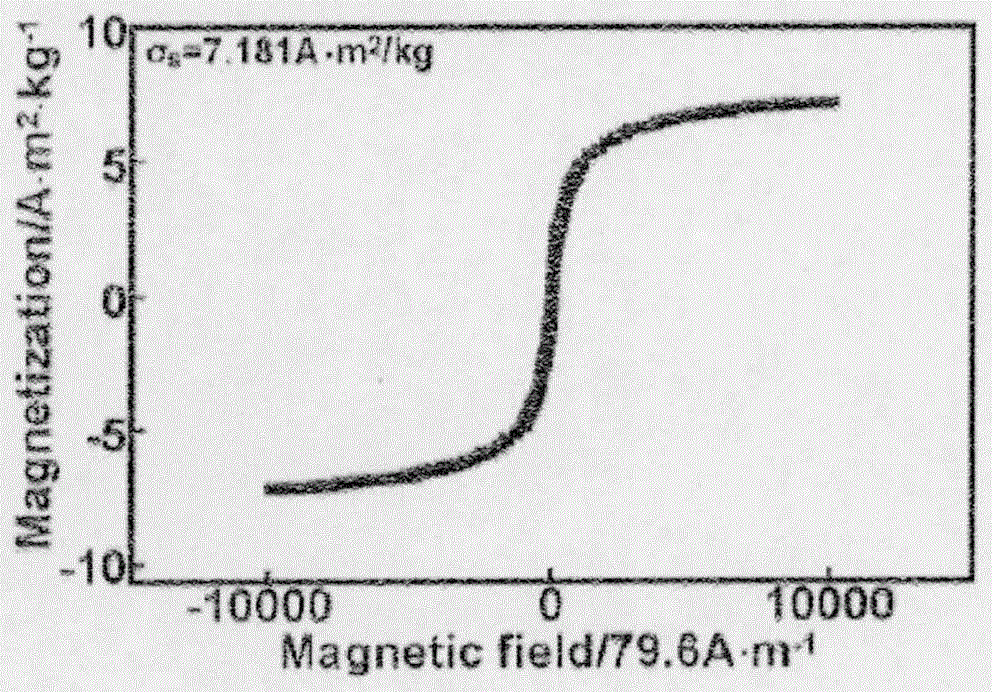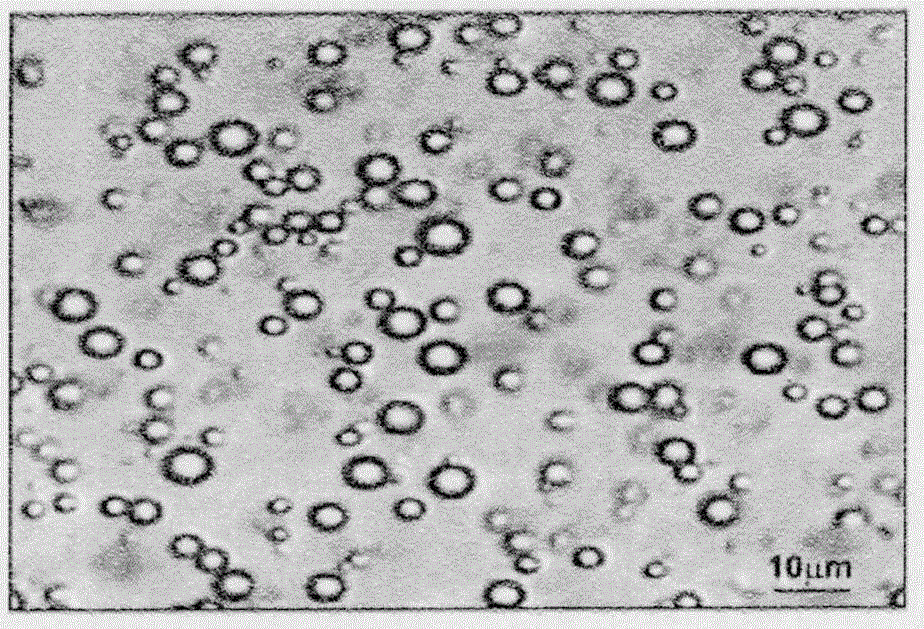Ultra-sensitive magnetic nanometer detection technology for hepatitis C virus (HCV)
A superparamagnetic and nanosphere technology, applied in the direction of nanotechnology, nanotechnology, nanotechnology for sensing, etc., can solve the problems of non-applicable application of toxicity, change of magnetic properties, etc., and achieve specificity improvement and detection sensitivity Improvement, accurate and reliable results
- Summary
- Abstract
- Description
- Claims
- Application Information
AI Technical Summary
Problems solved by technology
Method used
Image
Examples
Embodiment 1
[0049] Example 1 Detection of microRNA expression in viruses
[0050] 1. Extraction of serum viral DNA by magnetic bead method
[0051] 1. Add 200ul HCV serum samples to 1.5ml EP tubes, then add 20ul proteinase K (10mg / ml) and 40ul lysate [50mM Tris-HCl (pH8.0), 2.5% SDS, 2.5% TritonX-100 etc.] and mix well.
[0052] Note: add yeast tRNA to the lysate in advance (add 4ug yeast tRNA to each reaction)
[0053] 2. Add 400ul binding solution [5M GuSCN, 20mM Tris-HCl (pH6.6), 10% ethanol, etc.] and 25ul siliconized magnetic beads to the reaction tube, vortex and incubate at room temperature for 3 minutes.
[0054] 3. Place the reaction tube on the magnetic stand for about 30 seconds, and use a pipette to remove the supernatant.
[0055] 4. Add 750ul washing solution [20mM NaCI, 2mM Tris-HCl (pH7.5), 50% ethanol] to the tube, mix well and place on the magnetic stand, discard the supernatant.
[0056] 5. Repeat 4.
[0057] 6. Add 50ul of eluent [10mM Tris-HCl (pH8.0)] to suspend...
PUM
 Login to View More
Login to View More Abstract
Description
Claims
Application Information
 Login to View More
Login to View More - R&D
- Intellectual Property
- Life Sciences
- Materials
- Tech Scout
- Unparalleled Data Quality
- Higher Quality Content
- 60% Fewer Hallucinations
Browse by: Latest US Patents, China's latest patents, Technical Efficacy Thesaurus, Application Domain, Technology Topic, Popular Technical Reports.
© 2025 PatSnap. All rights reserved.Legal|Privacy policy|Modern Slavery Act Transparency Statement|Sitemap|About US| Contact US: help@patsnap.com



